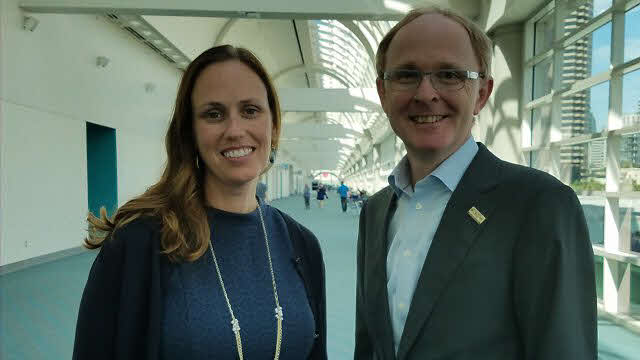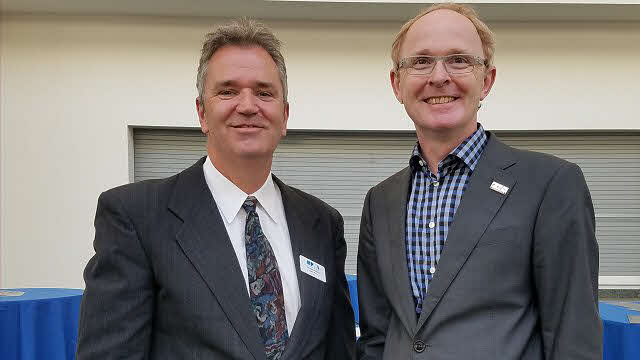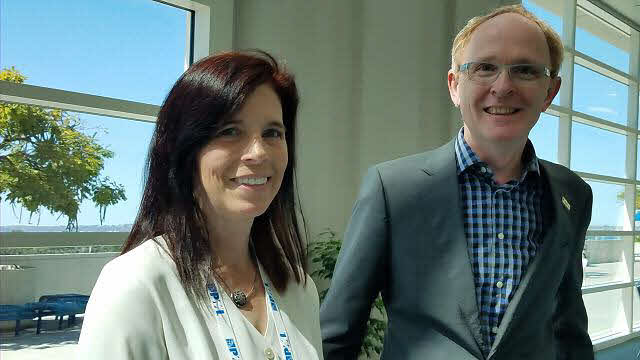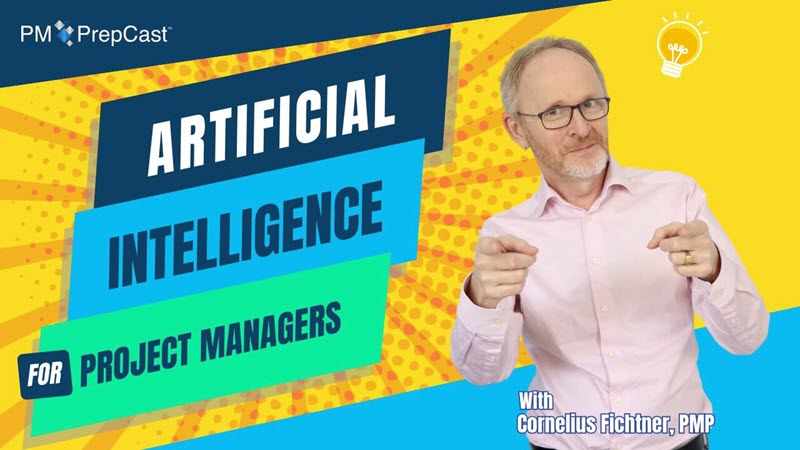Episode 383: Project Failure Is Not An Option (Free)
Need Project Management Professional (PMP)® training? Here's PMP Exam Prep for your phone!
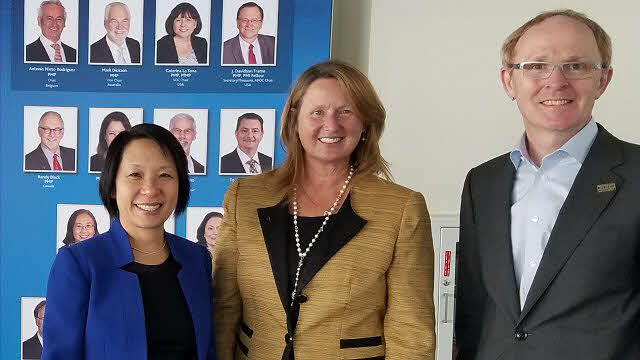
At some point in their career, every project manager has to deal with troubled projects.
This interview about project recovery with Kristy Tan Neckowicz and Connie Inman was recorded at the Project Management Institute (PMI)® Global Congress 2016 in San Diego, California. We discuss their presentation and white paper Recognize Warning Signs and Rescue Your Troubled Projects. Here are the abstract and summary:
Abstract: Come to this session to hear real stories of troubled projects and recovery journeys from two seasoned project management professionals. You will learn to recognize common warning signs of troubled projects, approaches to right-sizing your project management processes, and applications of stakeholder management lessons for project success.
Summary: The common theme across the case studies is a focused spirit of continuous improvement to rescue troubled projects. Although projects are temporary in nature, project management processes are always evolving.
It is tempting to move on to the next project when a troubled project has been placed safely back on track. However, you will have more assurance of the project manager’s future success by conducting a lessons learned evaluation focused on the practice of project management before claiming victory.
By sharing the warning signs, right-sizing approach, and lessons learned from these case studies, we hope you will leverage our experience to keep your next project “on track” to successful delivery.
PDU Tip
This interview is 29 minutes and 57 seconds long. This means that it is 3 seconds too short and you can "legally" only claim 0.25 PDUs for listening to it. However... if you first listen to the interview and then also read the white paper on which it is based, then you can go ahead and claim 0.50 PMP PDUs!
Click to download the white paperPDUs: Ways of Working, PMI Global Congress, PMI Global Congress NA 2016, Project Recovery, Project Failure, Troubled Projects
- Last updated on .



